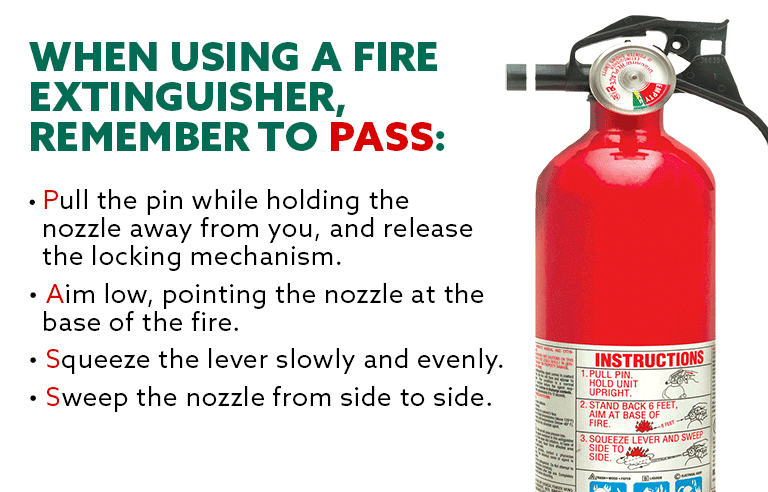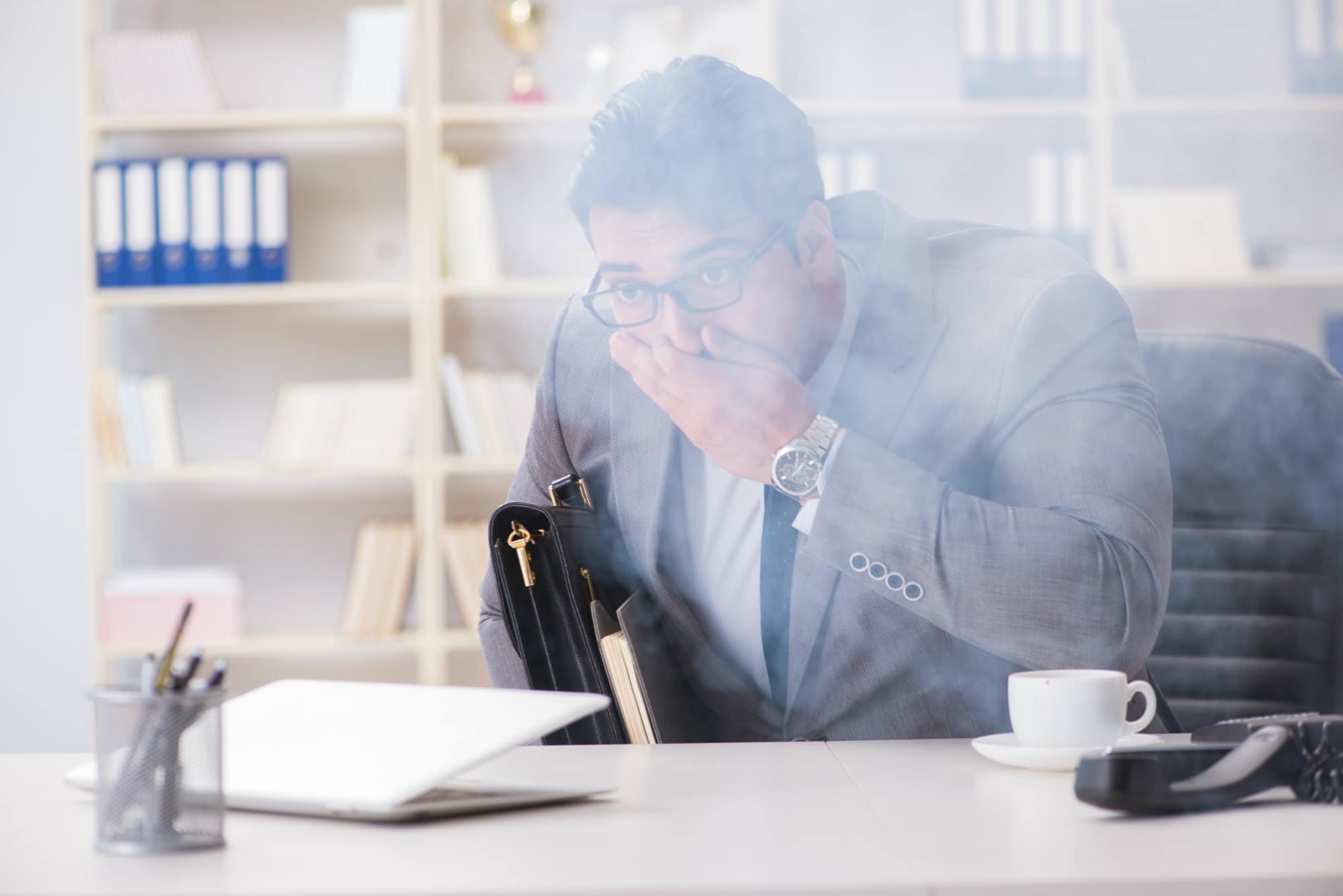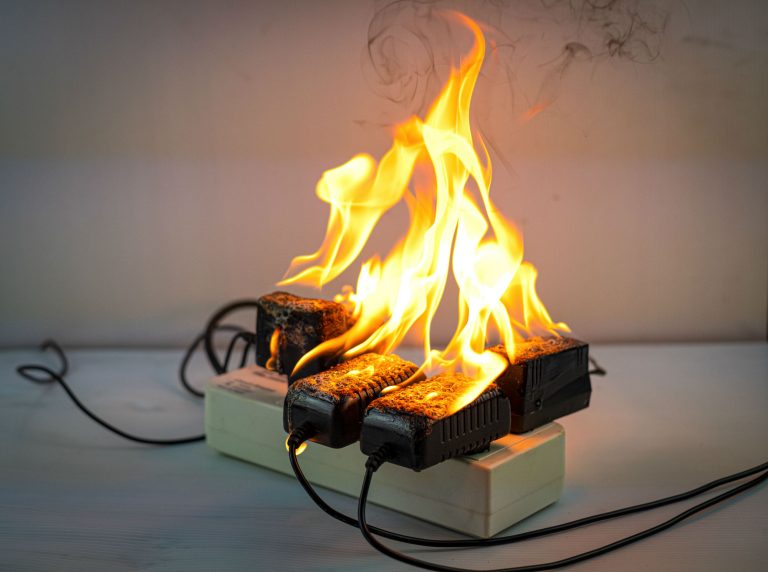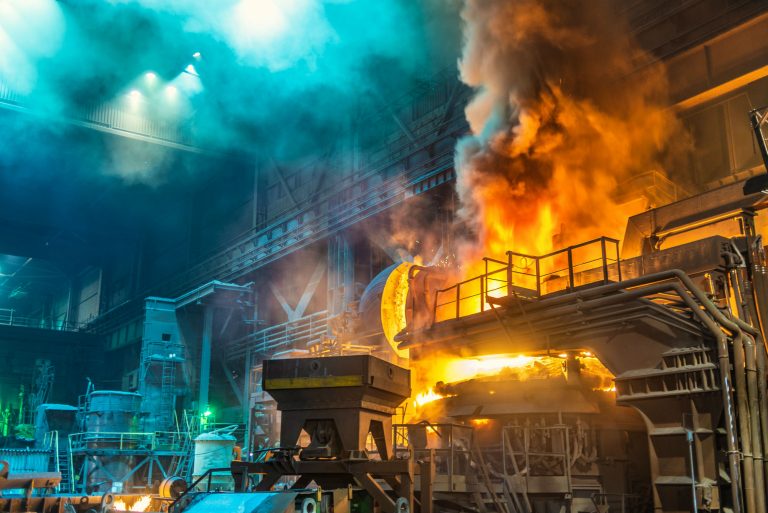Fire extinguishers to fight Class B fires are one of the more common type of fire extinguisher used as front line containment that you’ll see in workplaces across Australia.
When we talk about common combustibles in a Class B fire, we’re talking about a wide array of items that we use every day in both our personal and professional lives that you may find scattered throughout your home. Consider the oil you keep in the kitchen for cooking, food that when cooked produce a lot of fat or grease, cleaning products under your sink in your kitchen or laundry that you use around the home. What about in your garage where you keep supplies for your car like petrol, coolants, engine oil? Or even the art supplies you keep in your home office like oil paints, or turpentine. You may not realise just how many of these items you have spread around your home or workplace, but they really are common!
To give you a more straightforward example of this, we’ve compiled a non-exhaustive list of items that can – and do – provide fuel for a Class B fire in everyday environments, and which can be put out with a Class B suitable fire extinguisher:
- Cooking liquids – cooking oil, fats, grease
- Cleaning products – chemical cleaning products, glass and window cleaners, sanitizers
- Oils – vegetable oil, engine oil, lubrication oils
- Fuels – Petroleum greases, gasoline, hydraulic fluids, kerosene, petrol
- Alcohols – Drinks, rubbing alcohol, solvents, acetone, methylated spirits
- Art Supplies – oil paints, turpentine, lacquers, strippers, cleaners
As you can see from this list, fires can start in any area of your home, garage, factory, work-space or office; however, by far the most common place for a fire to start is in a kitchen, whether that’s at home, a kitchenette in your office or a full commercial restaurant kitchen. And because these are a fairly common class of fire it is important to remember to never use water or a water-based extinguisher to attempt to extinguish a Class B fire, as doing so can cause the fire to grow by spreading the flammable liquid.
And, while the causes of home and workplace fires vary greatly, some of the most common ways in which a fire can take hold is from:
- unattended cooking incidents
- sparks from machinery
- cigarette butts discarded in bins or on the ground

Which fire extinguishers can be used on a Class B fire*?
Foam, dry chemical, and CO2 fire extinguishers can be used on some types of Class B fire.
Dry chemical
Very common for Class B fires, dry chemical fire extinguishers work by smothering the fire and removing oxygen. Care should be taken when using a dry chemical fire extinguisher on a Class B fire in a confined area, as it can cause breathing, eye and skin irritations and poor visi-bility. These types of extinguisher are commonly marked with a white band.
Foam
Often marked with a blue band, foam fire extinguishers work by smothering the fire and sup-pressing potentially dangerous vapours. Again, care should be taken when using a foam fire extinguisher in an enclosed space.
Co2
Co2 extinguishers work by stripping fire of oxygen, while also reducing heat with cold dis-charge, Co2 extinguishers are particularly useful around electrical equipment or machinery, and are often marked with a black band. As always care should be taken when using a Co2 ex-tinguisher in a confined space, as oxygen is being removed from the area, this can become dangerous for the user. It’s also important to note that Co2 extinguishing material can cause frost bite to skin if applied directly, so extra care is needed.
*Special note about fat and alcohol fires: If your site has high concentrations of alcohol stored or used, it’s important to note that an alcohol-resistant extinguisher should be used. For fat fires, a wet chemical or BE fire extinguisher should be activated. Using a dry chemical, foam or Co2 extinguisher may exacerbate the situation and cause the fire to spread.
How do I use a fire extinguisher on a Class B fire?
While it might look like an easy thing to do, actually actioning a fire extinguisher can be more difficult than it looks…especially in the middle of a fire emergency!
We highly recommend regular workplace training at which our fire experts will give your team hands-on experience in using the PASS method of fire suppression:
- P – pull the pin on the fire extinguisher handle
- A – aim your extinguisher at the fire
- S – squeeze the handle firmly but gently to start the flow of water, foam etc
- S – sweep the extinguisher across the seat of the fire
Workplace fire training not only helps your team learn what to do in the event of a fire inci-dent, but will also help them be more fire safe in their own home. We recommend workplace fire training every 6 months or when you have a new intake of staff.
A good way to remember to book a workplace fire safety training session is to review your level of competency whenever daylight savings comes around.

Photo via Safety + Health.
When should I use a fire extinguisher on a Class B fire?
If a Class B fire breaks out in your workplace you should follow the management and evacuation process that has previously been agreed upon.
While your workplace may differ, the most common process is for you to immediately call 000 (triple zero) and ask for the fire brigade; the operator will ask you for the type of emergency, your address, suburb and any other information that will be useful to emergency services per-sonnel who are turned out to attend the incident.
You should then raise the alarm to alert co-workers and give them time to evacuate the build-ing. Once everyone has left the building or area, no one should go back for any reason.
If you feel it is safe to do so, you can fight a Class B fire with a foam, dry chemical, or CO2 fire extinguisher, only if:
- the fire is small with flames shorter than you
- the fire is contained within a small space
- the fire isn’t spreading rapidly
- the room isn’t full of smoke (smoke inhalation can quickly cause unconsciousness)
- you have a clear exit path in case you need to escape the fire
Using the PASS method, and ensuring that you have a clear line of escape at all times, you can attempt to put the fire out prior to the arrival of emergency services personnel.
However, if you feel unsafe or unable to use a fire extinguisher, then simply don’t risk it. Evacuate the building and wait for the fire brigade to arrive and deal with the fire.
How do I ensure I have the right equipment for a Class B fire?
It makes sense that your fire safety equipment should be maintained to the highest standard so it works well when you need it most.
In a commercial setting, it is a legal requirement that you have your fire extinguishers and other equipment tested on a regular basis (depending on the type of business you run). Therefore, a maintenance schedule is vital to ensuring the safety of you, your staff and site visitors, and to minimise any potential damage to your premises.
Our team of fire safety experts can organise this for you, saving you the time and hassle of having to think about it for your office, factory, warehouse, body corporate, government building or workshop.
If you’d like to know more about fire extinguishers in Melbourne and how we can help you keep your premises and people safe from a Class A or Class B fire, please give us a call on 1800 177 915 to arrange an obligation-free visit to discuss your fire extinguisher service needs with one of our expert fire equipment services team.





